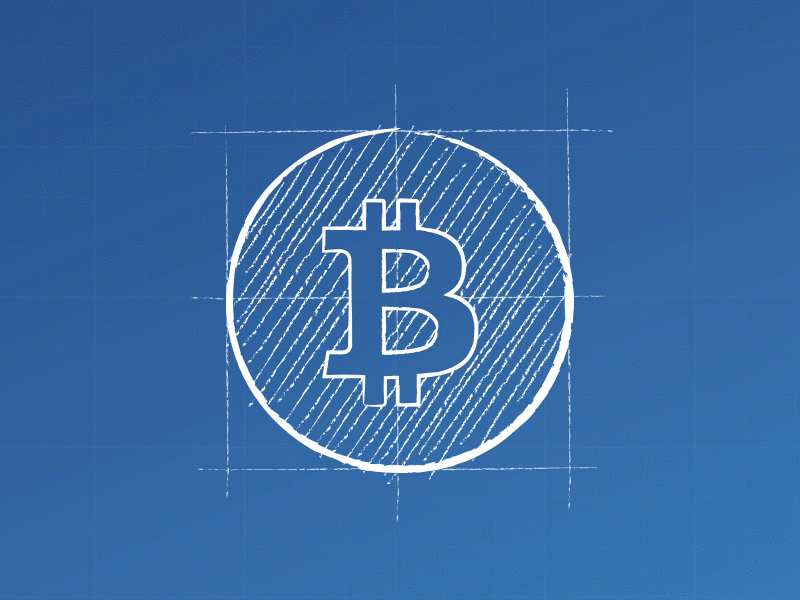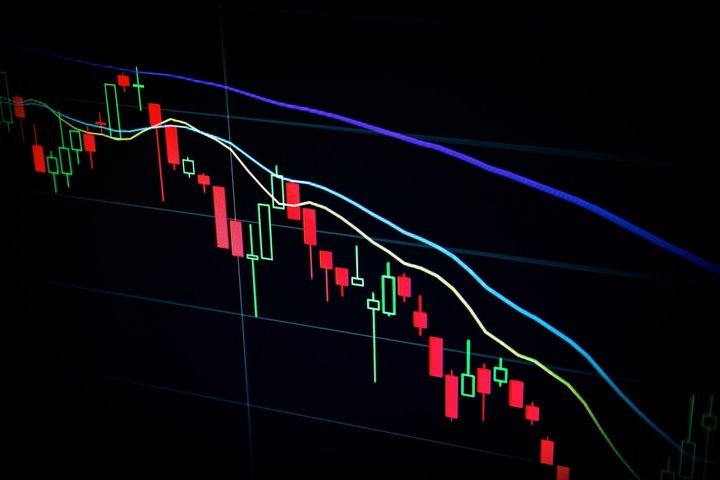Binance to End Support for BUSD
Binance, one of the world's leading crypto exchanges, has made headlines with its decision to "gradually" end support for its BUSD stablecoin.

Hot on the heels of significant developments in the cryptocurrency space, Binance, one of the world's leading crypto exchanges, has made headlines with its decision to "gradually" end support for its BUSD stablecoin. This move comes at a time when the cryptocurrency industry is witnessing unprecedented regulatory scrutiny, exemplified by the Grayscale vs. SEC case that has potential ramifications for Bitcoin ETFs and beyond.
Binance's decision to phase out BUSD is not an isolated incident; it's part of a broader narrative that includes regulatory hurdles, investor sentiment, and the evolving landscape of digital assets. To better understand the broader implications, it's important to dissect the specifics of Binance's announcement and how it fits into the larger puzzle of cryptocurrency adoption and regulation.
Let's look into the Binance announcement, its triggers, and the regulatory climate that is shaping decisions like these. We'll also explore how these developments might interact with other significant events like the Grayscale case to shape the future of the cryptocurrency market.
The Binance Announcement: A Closer Look
Binance revealed that it would be discontinuing support for its BUSD stablecoin, urging users to convert their BUSD holdings into other assets by February of the following year. Further, the exchange announced that BUSD would no longer be a loanable asset starting September 6 and that withdrawals would cease on multiple platforms starting September 7.
This move follows an order by stablecoin issuer Paxos to cease minting BUSD, making the phasing out somewhat anticipated, albeit with uncertain timelines. The swift action to discontinue BUSD loans suggests that the process has been expedited. Binance has reassured users that BUSD will continue to be backed 1:1 by USD, even as support for the asset winds down.
BUSD has a 24-hour trading volume just under $900 million, making it a significant player in the stablecoin market. However, its discontinuation is steeped in regulatory challenges, including a lawsuit from the U.S. Commodity and Futures Trading Commission (CFTC) and scrutiny from the New York Department of Financial Services (NYDFS).
The Regulatory Backdrop
The regulatory environment for cryptocurrencies is growing increasingly complex. Binance itself is no stranger to regulatory scrutiny. The SEC recently submitted a sealed motion related to Binance, further thickening the plot. This development comes after the Grayscale case, where the SEC faced a legal setback, raising questions about its approach to cryptocurrency regulation.
Stablecoins like BUSD operate in a regulatory gray area, often drawing scrutiny from authorities. The NYDFS's order for Paxos to stop issuing BUSD and the CFTC's subsequent lawsuit against Binance underscore the challenges that stablecoin issuers and exchanges face in navigating the regulatory landscape.
Decisions like phasing out BUSD are not just operational but are deeply influenced by the evolving regulatory climate. It's a stark reminder that even as some doors open, like the Grayscale case potentially paving the way for spot-based Bitcoin ETFs, other doors may close, forcing market participants to adapt or perish.
Impact on Investors and Market Sentiment
The discontinuation of BUSD impacts not just Binance but also investors who have exposure to this stablecoin. While Binance has assured a 1:1 backing by USD, the move creates uncertainty, especially for those using BUSD as a hedge or as a medium of exchange.
It's worth noting that market sentiment is highly sensitive to regulatory actions and announcements from major players. Just as the Grayscale case led to bullish sentiment around Bitcoin and Bitcoin ETFs, the Binance announcement could have a ripple effect on how investors view stablecoins and other crypto assets that exist in regulatory gray zones.
Interplay with Other Market Developments
The crypto landscape is interconnected. While Binance phases out BUSD amid regulatory challenges, other platforms like Elon Musk's X are stepping into the crypto transaction space. Moreover, the Grayscale case has set a precedent that could affect regulatory attitudes toward a range of crypto products, not just Bitcoin ETFs.
These narratives, while distinct, influence each other in complex ways. For instance, a more accommodating regulatory environment for Bitcoin ETFs may lead to increased scrutiny for other crypto assets, especially those like stablecoins, which have yet to find a definitive regulatory framework.
The Path Ahead: Uncharted Yet Exciting
The decision by Binance to end support for BUSD serves as another inflection point in the ever-evolving crypto landscape. As the industry navigates the challenges and opportunities presented by regulatory bodies, market sentiment, and technological innovation, it's clear that we are in a phase of significant transformation.
Whether it's the potential for Bitcoin ETFs made more likely by the Grayscale case, or platform innovations like X facilitating crypto transactions, the common thread is that the world of digital assets is undergoing a seismic shift. How market participants adapt to these changes will define the next chapter in the crypto story, a chapter that promises to be as unpredictable as it is exciting.


